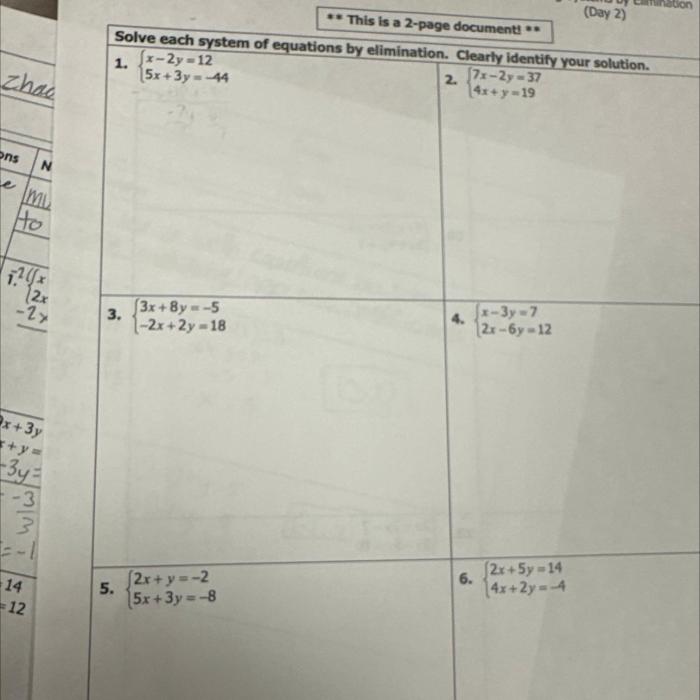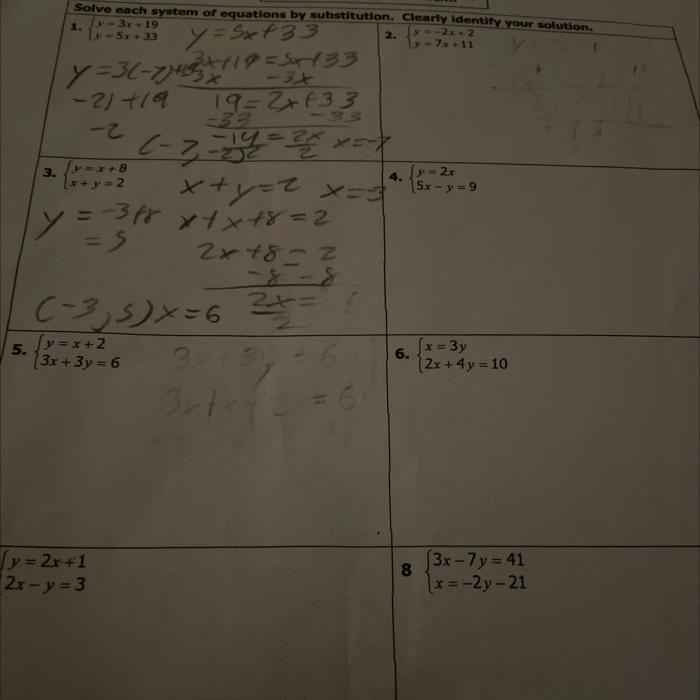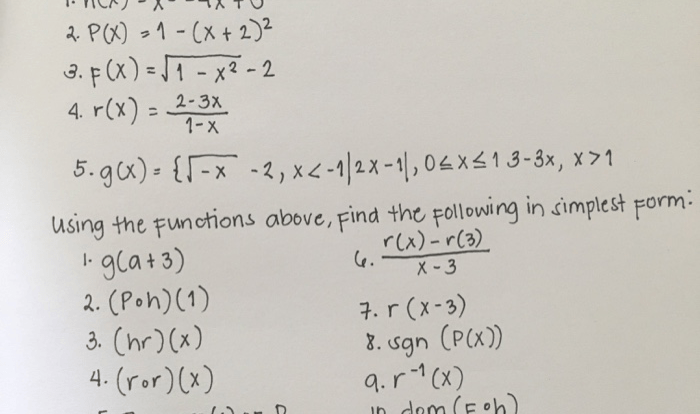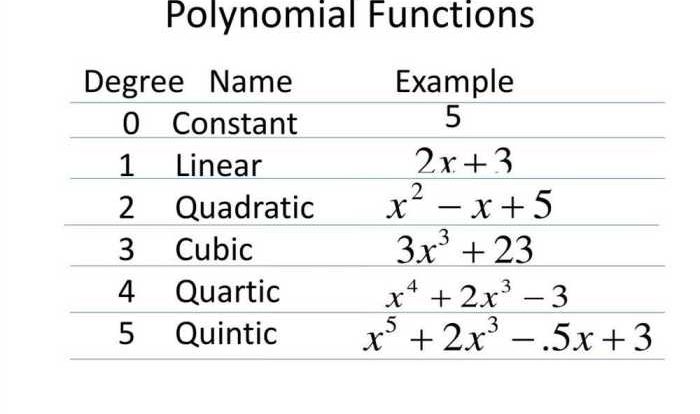Unit 1 equations and inequalities homework 4 absolute value equations – Unit 1: Equations and Inequalities Homework 4 – Absolute Value Equations delves into the intriguing world of absolute value equations, where we unravel the secrets of solving these equations and explore their practical applications in various fields. Join us on this mathematical adventure as we uncover the mysteries of absolute values and their captivating role in the realm of equations and inequalities.
In this comprehensive guide, we will embark on a journey to understand the concept of absolute value equations, delve into real-world examples where they are applied, and master the techniques for solving both absolute value equations and inequalities. Additionally, we will explore the art of graphing absolute value equations and inequalities, providing a visual representation of these mathematical concepts.
Absolute Value Equations

Absolute value equations are mathematical equations that involve the absolute value of a variable. The absolute value of a number is its distance from zero on the number line, regardless of whether it is positive or negative. For example, the absolute value of 5 is 5, and the absolute value of -5 is also 5.
Absolute value equations can be solved using the following steps:
- Isolate the absolute value expression on one side of the equation.
- Set the expression inside the absolute value bars equal to both the positive and negative of the number on the other side of the equation.
- Solve each of the resulting equations.
Applications of Absolute Value Equations
Absolute value equations have a variety of applications in the real world. For example, they can be used to:
- Find the distance between two points on a number line.
- Solve problems involving motion with constant velocity.
- Model the behavior of certain physical systems, such as springs and pendulums.
The following table shows some of the specific applications of absolute value equations in various industries:
| Industry | Application |
|---|---|
| Physics | Modeling the motion of objects with constant velocity |
| Engineering | Calculating the distance between two points on a map |
| Finance | Determining the profit or loss on an investment |
Inequalities Involving Absolute Value
Inequalities involving absolute value are mathematical inequalities that involve the absolute value of a variable. For example, the inequality |x| > 5 means that the distance between x and 0 on the number line is greater than 5.
Inequalities involving absolute value can be solved using the following steps:
- Isolate the absolute value expression on one side of the inequality.
- Set the expression inside the absolute value bars equal to both the positive and negative of the number on the other side of the inequality.
- Solve each of the resulting inequalities.
Graphing Absolute Value Equations and Inequalities, Unit 1 equations and inequalities homework 4 absolute value equations
Absolute value equations and inequalities can be graphed using the following steps:
- For an absolute value equation, graph the two lines y = |x| and y =
|x|.
- For an absolute value inequality, graph the two lines y = |x| and y =
|x|, and shade the region that satisfies the inequality.
The following table shows the graphs of some common absolute value equations and inequalities:
| Equation or Inequality | Graph |
|---|---|
| y = |x| |  |
y =
|
 |
| |x| > 5 |  |
Expert Answers: Unit 1 Equations And Inequalities Homework 4 Absolute Value Equations
What is an absolute value equation?
An absolute value equation is an equation that contains an absolute value expression, which is an expression enclosed in vertical bars (| |). The absolute value of a number is its distance from zero on the number line, and it is always positive.
How do you solve absolute value equations?
To solve an absolute value equation, you first isolate the absolute value expression on one side of the equation. Then, you consider two cases: one where the expression inside the absolute value bars is positive and one where it is negative.
You solve each case separately and combine the solutions to get the final solution set.
What are inequalities involving absolute value?
Inequalities involving absolute value are inequalities that contain an absolute value expression. They can be written in the form |x| > a, |x|< a, |x| ≥ a, or |x| ≤ a, where a is a positive number.
How do you solve inequalities involving absolute value?
To solve an inequality involving absolute value, you first isolate the absolute value expression on one side of the inequality. Then, you consider two cases: one where the expression inside the absolute value bars is positive and one where it is negative.
You solve each case separately and combine the solutions to get the final solution set.
How do you graph absolute value equations and inequalities?
To graph an absolute value equation or inequality, you first find the vertex of the graph. The vertex is the point where the graph changes direction. For an absolute value equation, the vertex is at the origin. For an absolute value inequality, the vertex is at the point (a, 0), where a is the number on the right-hand side of the inequality.





